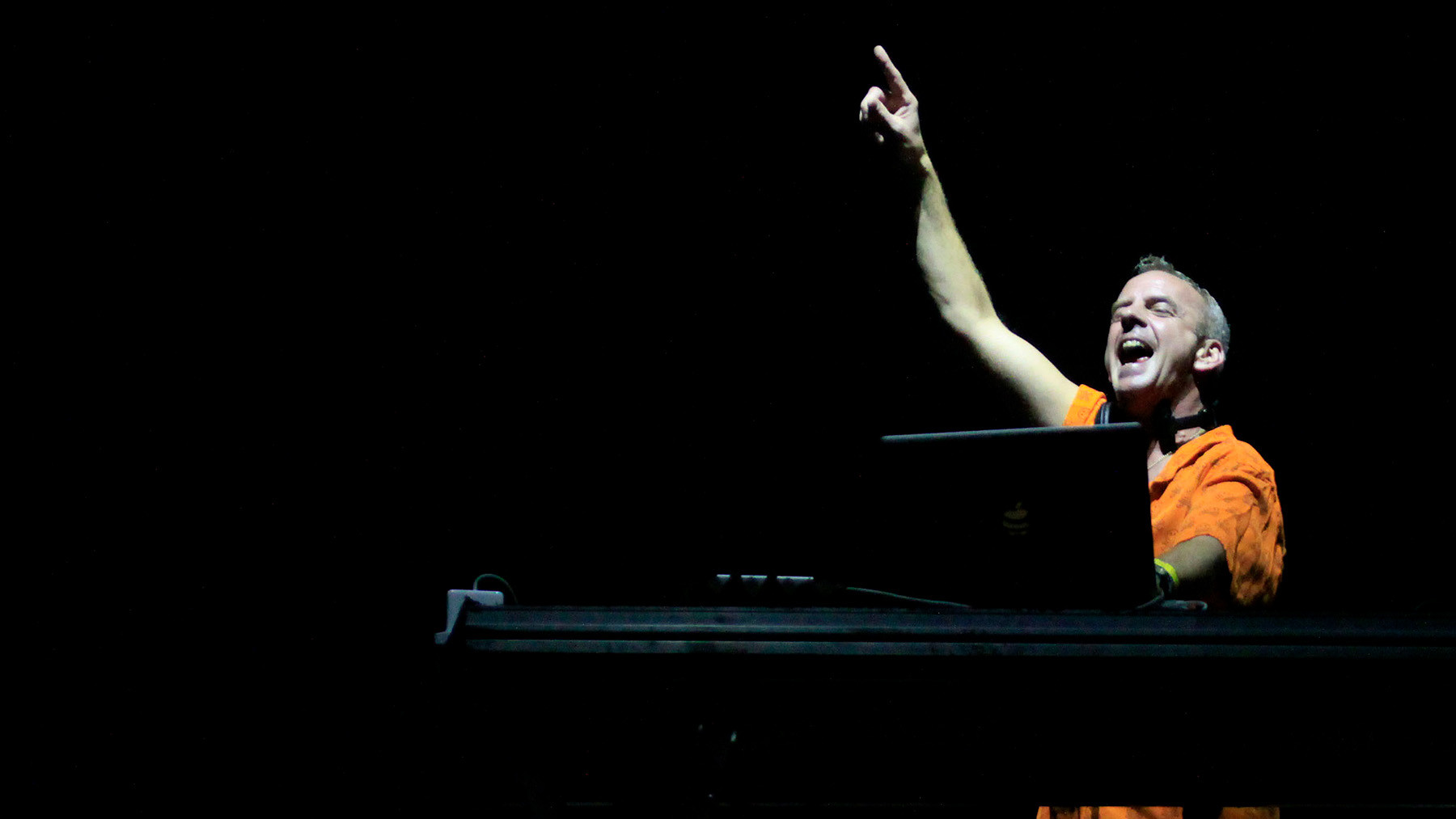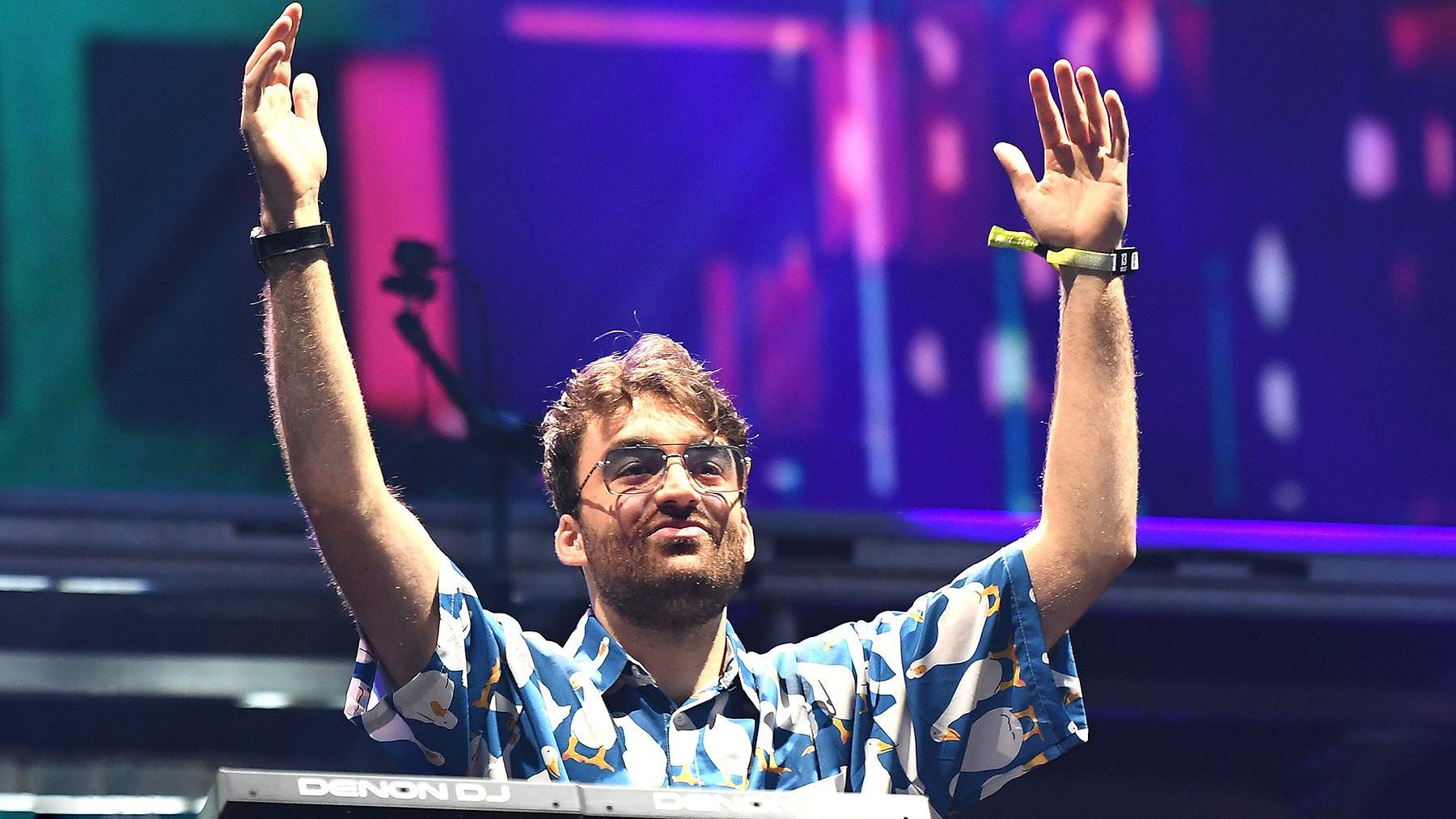What exactly defines a “dance song”? It’s a question that opens up a world of musical possibilities. In a broad sense, almost any song capable of moving someone, from The Beatles to Slayer, could be considered a dance song. Hip-hop and reggae, in their essence, are inherently danceable genres. However, when we talk about the Best Dance Song within “dance music culture,” we’re entering a more specific yet incredibly vast domain. This culture, rich and ever-changing, spans nearly half a century, constantly evolving to this day and beyond.
Our journey through dance music history, aiming to understand the essence of the best dance song, begins in the mid-1970s with the explosion of disco, following the pioneering footsteps of James Brown, the undisputed godfather of groove. From disco’s glittering ballrooms, we transition into the early 1980s club scene, embracing electro and the vibrant sounds of Latin freestyle. The narrative takes a transformative turn as disco is reimagined and reborn as house music in Chicago and techno in Detroit. This sonic evolution accelerates exponentially through the 1990s rave era, birthing a kaleidoscope of subgenres from jungle and trance to gabba and garage. Ultimately, this vibrant lineage culminates in the EDM and dubstep phenomena of the 2000s. While each of these sounds has enjoyed periods of mainstream prominence, they never truly disappear. Drum ‘n’ bass, for instance, is currently experiencing a resurgence, and contemporary house tracks continue to emerge, proving the enduring appeal of these genres.
This exploration doesn’t attempt to chart every single wave in this vast ocean of subgenres. Instead, we focus on tracks that possess a timeless quality, songs that resonate universally and feel canonical within dance music culture. We pay particular attention to moments where dance music intersects with the wider musical landscape – forging connections with synth-pop, hip-hop, funk, Miami bass, R&B, indie-rock, Latin music, and mainstream pop. This is why you’ll find artists as diverse as Prince, Robyn, Britney Spears, and Shakira alongside pioneers like Adonis, Frankie Knuckles, Moodymann, Goldie, and the innovative SOPHIE in conversations about the best dance song.
If you’ve ever wondered about the path that led to a present day where artists like Drake and Beyoncé are embracing house music, then this is that story – or at least, our interpretation of it. It’s a journey to understand what makes a song not just danceable, but a truly best dance song within the context of a dynamic and evolving culture.
Disco’s Enduring Legacy and the Birth of Club Sounds
The 1970s disco era, while sometimes criticized for its commercial excesses, laid a crucial foundation for dance music culture. Films like Thank God It’s Friday, while perhaps overly promotional, captured the vibrant energy of the disco scene. Donna Summer’s “Last Dance” from the film, despite the movie’s mixed reception, stands as a testament to disco’s power, even winning an Oscar. Its ingenious tempo shift, conceived by producer Bob Esty, exemplifies the dynamism that could elevate a disco track into a best dance song contender.
 Redferns
Redferns
Moving into the 1980s, the club scene diversified, giving rise to electro and Latin freestyle. These genres, born in nightclubs, further refined the sonic palette of dance music, experimenting with electronic sounds and rhythms that would become essential elements of the best dance song formulas in the decades to come.
House, Techno, and the Rave Revolution: Re-Engineering Dance
The late 1980s and early 1990s witnessed a pivotal moment: the re-engineering of disco into house music in Chicago and techno in Detroit. House, with its soulful vocals and four-on-the-floor beat, and techno, with its futuristic and often instrumental soundscapes, represented a departure from disco while retaining its dance-centric core. These genres, born from innovation and a DIY ethos, redefined what a best dance song could be, emphasizing rhythm, groove, and atmosphere over traditional song structures.
The rave explosion of the 1990s further fragmented and enriched dance music. From the UK emerged jungle, with its breakneck tempos and complex rhythms, and garage, a precursor to house variations. Trance, with its euphoric melodies and build-ups, and gabba, with its hardcore intensity, demonstrated the genre’s incredible capacity for diversification. This period solidified dance music as a culture of constant innovation, with the search for the best dance song driving artists to explore uncharted sonic territories.
Genre Bending and the Modern Dance Music Landscape
The 2000s and beyond saw the rise of EDM and dubstep, genres that brought dance music back into the mainstream spotlight, albeit with a more commercial and festival-oriented approach. However, alongside these stadium-filling sounds, the underground continued to thrive. Genres like Jersey club, with its syncopated rhythms and infectious energy, and nu-disco, with its retro-futuristic vibe, showcased the ongoing evolution of dance music.
 Oliver Heldens
Oliver Heldens
The most compelling dance tracks, the ones that truly contend for the title of best dance song, often transcend genre boundaries. They are the result of cross-pollination, where dance music interacts with other styles. The integration of synth-pop’s melodic sensibilities, hip-hop’s rhythmic innovation, funk’s groove, R&B’s soulful vocals, indie-rock’s raw energy, and Latin music’s vibrant rhythms has consistently produced some of the most memorable and impactful dance tracks. This fusion is what keeps dance music culture dynamic and ensures that the quest for the best dance song remains an exciting and unpredictable journey.
Conclusion: The Ongoing Quest for the Best Dance Song
From disco’s initial spark to the diverse landscape of contemporary electronic music, the evolution of dance music has been a relentless pursuit of rhythm, groove, and connection. The question of what constitutes the best dance song is not about adhering to rigid definitions, but rather about recognizing tracks that capture the spirit of movement, innovation, and cultural relevance.
The recent embrace of house music by mainstream artists like Drake and Beyoncé is not a sudden trend, but a logical step in this ongoing evolution. It reflects dance music’s enduring influence and its capacity to reinvent itself while staying true to its core principles. The story of dance music is a testament to its power to move bodies and souls, and the search for the best dance song is a never-ending celebration of this vibrant and transformative culture.

